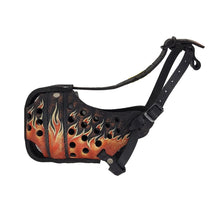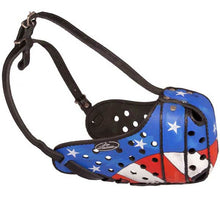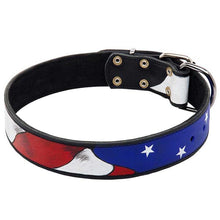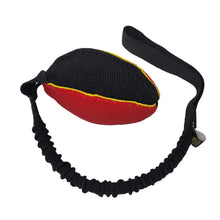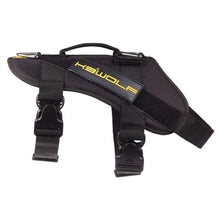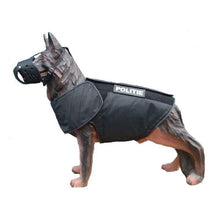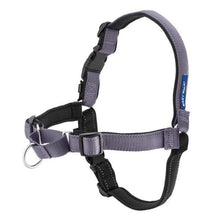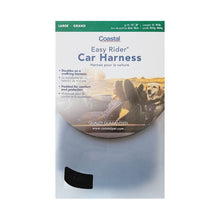5 Things You Should Never Do To Your Dog

1: Never yell at your dog.
Unless your dog is hard of hearing or far enough away that you must raise your voice to communicate with them, never yell at your dog. If you tell your dog to do something and it ignores you but obeys when you yell, your training needs to be revisited. If the dog listens only when you yell, that means your dog knows what was expected of him or her when you said it in a normal voice but chose not to obey until the dog was intimidated to do so.
That is a critical failure in training. Intimidation has no place in dog training. Corrections do, but fear doesn't. Your dog should never have a single moment in its entire life where it fears you. A dog should respect the boundaries you set, and should obey commands that it knows fully, but it should never be afraid.
Making a dog afraid is a slippery slope that ends in trust issues, poor pack structure in the home, and even fear aggression. Once a dog learns that showing aggression when they feel intimidated makes people leave them alone and stop stressing them, it's very difficult to train that dog to be safe again.

2: Never teach your dog to be aggressive.
If you are not a person who is raising a Police Service Dog, Military Working Dog, Contract Working Dog, or a sport dog that competes in protection sports, don't train your dog to be aggressive or to bite.
Most dogs aren't genetically stable enough to deal with the stress of that kind of work healthily. And most trainers, much fewer pet owners, can distinguish a dog that is qualified for that kind of work vs one that isn't, are competent in this kind of training to do it correctly and safely, and can train the high level of obedience necessary so that the dog they're training to be aggressive, or bite people is under control 100% of the time in all situations and scenarios.
A few years ago, a police department's K9 unit was in hot water after a dog bit an innocent person. If they can make mistakes, so can and will most pet owners with far less training for themselves and their dogs. The person who was bitten sued that department for more money than a lot of people's houses are worth. The government has insurance and that kind of money to fall back on when such a tragedy happens. Most civilians don't.
If you do need or want a dog capable of that kind of work, you'll need to buy one that is trained and will cost maybe $20,000 or so. Then you'll have to spend more time and money learning how to handle a dog like that safely. The other option is to buy a puppy from a reputable working dog breeder and spend the next two years working with professionals several times a week to train your dog up to that level. Both are very expensive and very unnecessary for most people. If you're going to do it, do it right. And bring a big check.

3: Never hit your dog.
We still get questions about spanking a dog for this or that, or if they should spank their dog, etc. The answer is no. Never hit your dog. Ever.
If you think long enough, I'm sure you can create a scenario as to why it would be necessary to hit your dog. "What if my dog was attacking me and I couldn't get away and had no one to help?" Okay, maybe in a very extreme case like that. Then again, that can still backfire and only make it worse. Long story short, don't hit your dog. If you need to prove a behavior, use a correction with a training collar. It's less personal, much more effective, and doesn't hurt your dog.

4: Never let your dog train you.
Finding a dog that hasn't trained their owner in some capacity is rarer than finding an endangered species in your backyard! Dogs are very clever, and sometimes while we're training our dogs, they're training us.
Have you ever seen a dog nudge someone to get petted? Most of us have, right? That's a dog training their owner to become a free reward machine. How about a dog that pushes into their owner, or sits directly in front of them and before you know it, that person asks "Aww, do you want a treat?" Yep, that's the same thing, the dog is training them. Those are more obvious things, but there are some examples you've probably never thought of.
A dog that pulls is training their owner where to go and that they need to keep up with their pace or get dragged. A dog who pushes a toy in your lap to get you to play tug or fetch is another example. When you let your dog train you, most of the time, you're undoing your own training. Rewards come on your terms. Don't let your dog push your boundaries and demand things from you, or worse yet, condition you to do the opposite of what you're trying to accomplish in training.

5: Never expect unrealistic things from your dog.
The five pillars of dog training are boundaries, structure, accountability, advocacy, discipline, and fulfillment.
It takes time to build these things. Many months and many hours of relationship building, structure, training, etc. Don't take shortcuts, and don't expect to have a fully trained dog in four weeks no matter what that local dog training school says. Don't overwork your dog and don't try to force things before the dog is ready.

We get questions all the time like "how long should it take for me to fully train my dog?" That depends, is it a puppy, or an adult? Does the dog have a high or low food drive? High or low prey drive? How consistent are you? How proficient are you at dog training? There are a ton of factors at play, and no dog or dog trainer is perfect.
Don’t expect a show-line dog to be a great working dog. Don't expect a working line dog to be a great show dog. When you buy a puppy, it doesn't matter whom you got it from or how much you paid, or what their parents have done. You have no idea how that puppy will turn out when it reaches adulthood. Don't place the unrealistic expectation that it'll be a champion like mom and dad on your dog. Don't place the unrealistic expectation that the puppy will be a great dog for breeding. Neither may end up true.

You do what you can with the dog you've got, not the dog you wish you had. Dogs have limits, don't expect them to surpass them.
We hope this article was informational and that you enjoyed it. We would appreciate you very much if you'd leave a like and a share. Thank you.
You might also like: 10 Items You Need To Train A Dog



